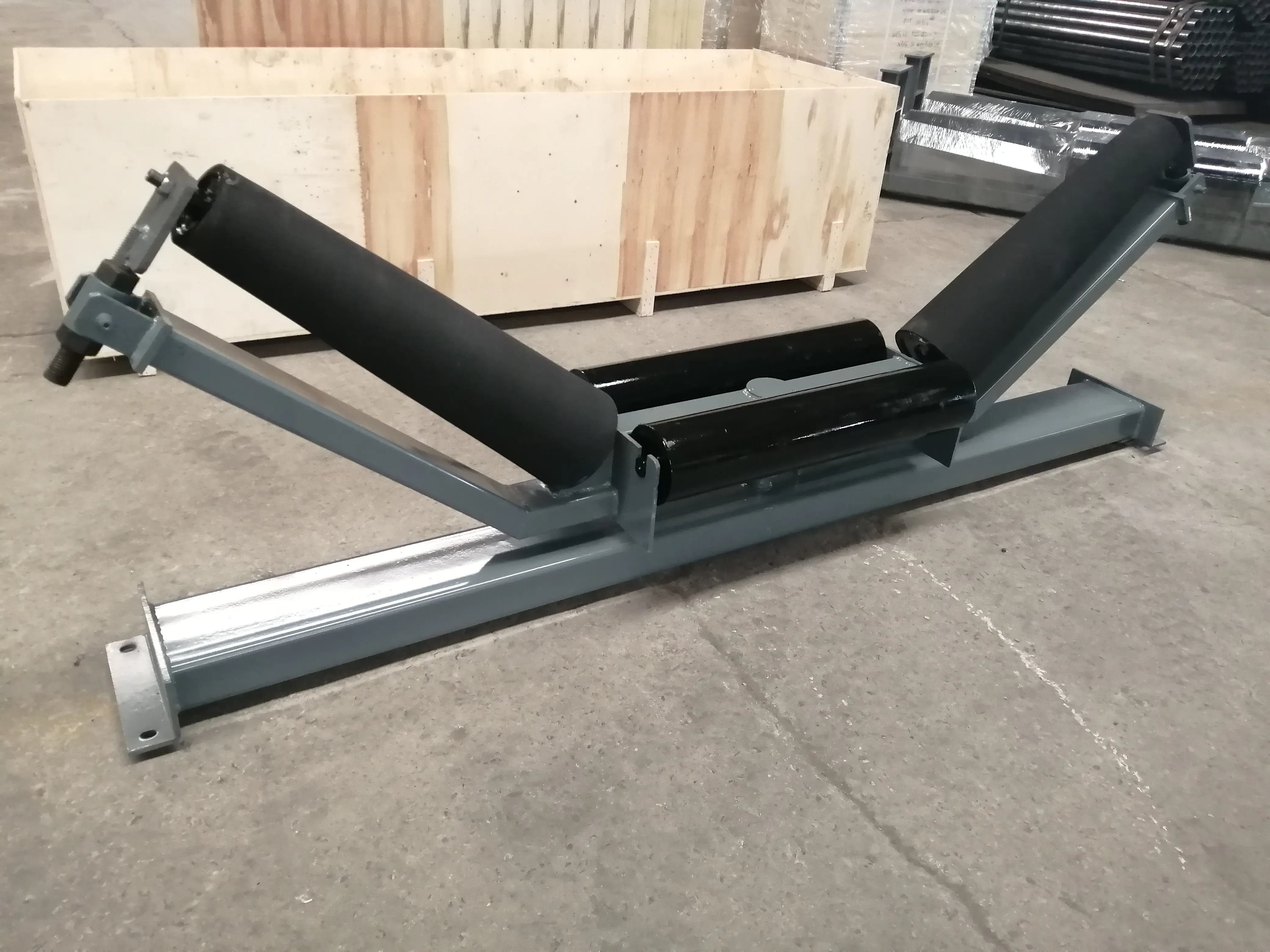 Afrikaans
Afrikaans  Albanian
Albanian  Amharic
Amharic  Arabic
Arabic  Armenian
Armenian  Azerbaijani
Azerbaijani  Basque
Basque  Belarusian
Belarusian  Bengali
Bengali  Bosnian
Bosnian  Bulgarian
Bulgarian  Catalan
Catalan  Cebuano
Cebuano  Corsican
Corsican  Croatian
Croatian  Czech
Czech  Danish
Danish  Dutch
Dutch  English
English  Esperanto
Esperanto  Estonian
Estonian  Finnish
Finnish  French
French  Frisian
Frisian  Galician
Galician  Georgian
Georgian  German
German  Greek
Greek  Gujarati
Gujarati  Haitian Creole
Haitian Creole  hausa
hausa  hawaiian
hawaiian  Hebrew
Hebrew  Hindi
Hindi  Miao
Miao  Hungarian
Hungarian  Icelandic
Icelandic  igbo
igbo  Indonesian
Indonesian  irish
irish  Italian
Italian  Japanese
Japanese  Javanese
Javanese  Kannada
Kannada  kazakh
kazakh  Khmer
Khmer  Rwandese
Rwandese  Korean
Korean  Kurdish
Kurdish  Kyrgyz
Kyrgyz  Lao
Lao  Latin
Latin  Latvian
Latvian  Lithuanian
Lithuanian  Luxembourgish
Luxembourgish  Macedonian
Macedonian  Malgashi
Malgashi  Malay
Malay  Malayalam
Malayalam  Maltese
Maltese  Maori
Maori  Marathi
Marathi  Mongolian
Mongolian  Myanmar
Myanmar  Nepali
Nepali  Norwegian
Norwegian  Norwegian
Norwegian  Occitan
Occitan  Pashto
Pashto  Persian
Persian  Polish
Polish  Portuguese
Portuguese  Punjabi
Punjabi  Romanian
Romanian  Russian
Russian  Samoan
Samoan  Scottish Gaelic
Scottish Gaelic  Serbian
Serbian  Sesotho
Sesotho  Shona
Shona  Sindhi
Sindhi  Sinhala
Sinhala  Slovak
Slovak  Slovenian
Slovenian  Somali
Somali  Spanish
Spanish  Sundanese
Sundanese  Swahili
Swahili  Swedish
Swedish  Tagalog
Tagalog  Tajik
Tajik  Tamil
Tamil  Tatar
Tatar  Telugu
Telugu  Thai
Thai  Turkish
Turkish  Turkmen
Turkmen  Ukrainian
Ukrainian  Urdu
Urdu  Uighur
Uighur  Uzbek
Uzbek  Vietnamese
Vietnamese  Welsh
Welsh  Bantu
Bantu  Yiddish
Yiddish  Yoruba
Yoruba  Zulu
Zulu lagged head pulley
Understanding Lagged Head Pulleys Function and Applications
The lagged head pulley, an essential component in many conveyor systems, plays a crucial role in material handling across various industries. This mechanical device serves not only to change the direction of the conveyor belt but also to increase traction between the belt and the pulley. Understanding its function, design, and applications can provide insights into its importance in optimizing conveyor efficiency.
What is a Lagged Head Pulley?
A lagged head pulley is essentially a cylindrical drum that is installed at the head-end of a conveyor system. Its surface is typically coated with a layer of rubber or other materials, which is referred to as lagging. This lagging enhances the friction between the pulley and the conveyor belt, reducing slippage and improving overall performance. The design of a lagged head pulley can vary based on the specific needs of the application, such as the type of material being transported and the operating environment.
How It Works
In a conveyor setup, the lagged head pulley serves multiple functions. When the electric motor starts, it drives the pulley, which in turn moves the attached conveyor belt. The lagging material on the pulley grips the belt, which helps in preventing skidding, particularly under heavy loads or at higher speeds. It also stabilizes the belt, reducing any potential misalignment that could lead to operational disruptions.
Additionally, a properly lagged head pulley can help absorb impacts when heavy materials are loaded onto the conveyor. This capability is particularly important in industries such as mining and construction, where bulk materials are frequently moved. By minimizing belt wear and tear through improved grip and support, lagged head pulleys contribute to reducing overall maintenance costs and downtime.
lagged head pulley

Applications in Various Industries
Lagged head pulleys are widely used across various sectors, including manufacturing, mining, and logistics. In mining operations, for instance, they are critical for transporting large volumes of ore and minerals. The enhanced grip provided by the lagging assists in successfully navigating inclined sections of the conveyor system, thereby optimizing material movement.
In manufacturing and distribution centers, lagged head pulleys facilitate the efficient handling of packages and products along assembly lines. Their functionality ensures smooth transition points between different sections of the conveyor system, maintaining workflow and productivity.
Moreover, industries that handle bulk materials, such as agriculture for grain transport, also rely heavily on lagged head pulleys for effective operations. By ensuring that conveyor systems operate efficiently, these pulleys play an integral part in the supply chain.
Conclusion
In conclusion, lagged head pulleys are vital components in conveyor systems that enhance grip, reduce slippage, and contribute to the overall efficiency of material handling processes. Their importance spans across various industries, facilitating the movement of goods while minimizing operational disruptions. As technology continues to advance, the design and application of lagged head pulleys are evolving, promising even greater efficiency and reliability in the future. Understanding their function and applications is essential for anyone involved in material handling operations.
-
Revolutionizing Conveyor Reliability with Advanced Rubber Lagging PulleysNewsJul.22,2025
-
Powering Precision and Durability with Expert Manufacturers of Conveyor ComponentsNewsJul.22,2025
-
Optimizing Conveyor Systems with Advanced Conveyor AccessoriesNewsJul.22,2025
-
Maximize Conveyor Efficiency with Quality Conveyor Idler PulleysNewsJul.22,2025
-
Future-Proof Your Conveyor System with High-Performance Polyurethane RollerNewsJul.22,2025
-
Driving Efficiency Forward with Quality Idlers and RollersNewsJul.22,2025





























